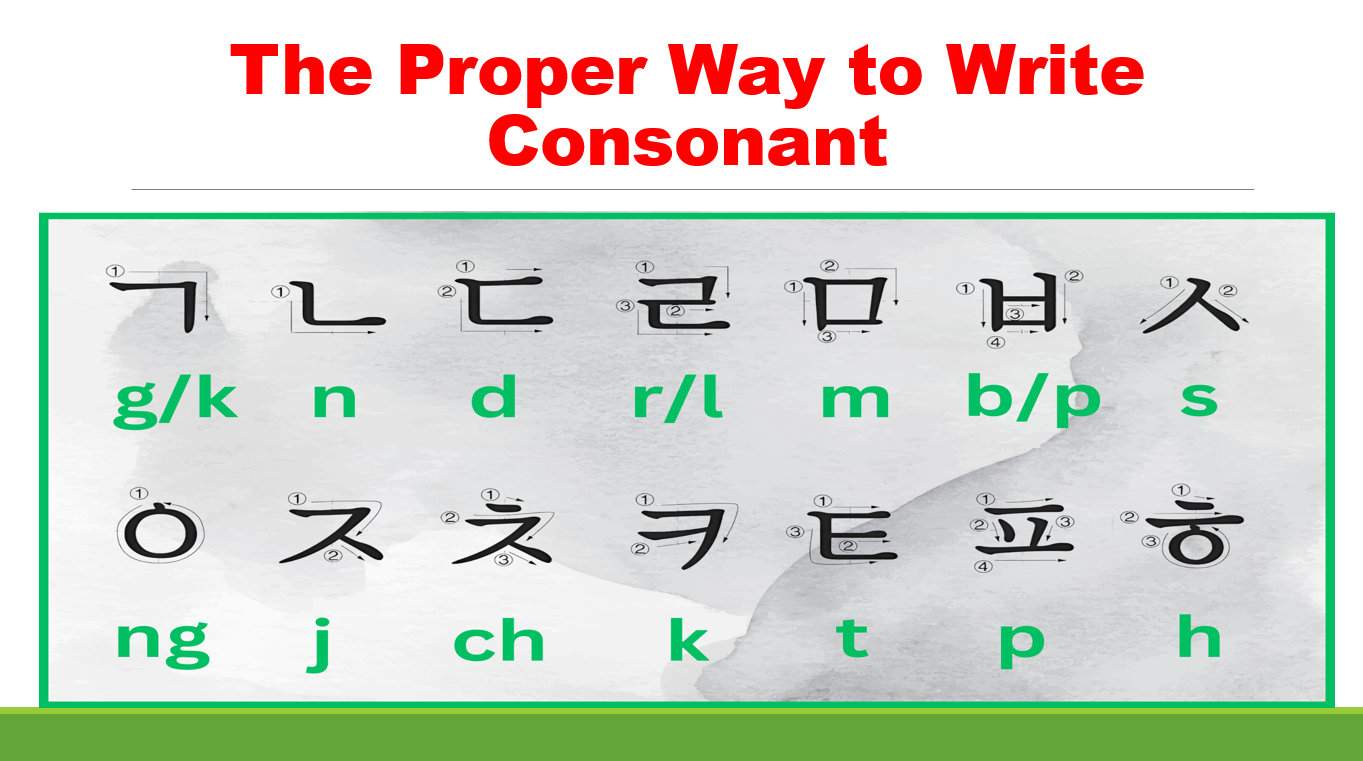Korean Consonant System
The Korean alphabet, known as Hangul, consists of 14 basic consonants, 5 double consonants, and various double batchim combinations.
Basic Consonants
There are 14 basic consonants in Korean: ㄱ, ㄴ, ㄷ, ㄹ, ㅁ, ㅂ, ㅅ, ㅇ, ㅈ, ㅊ, ㅋ, ㅌ, ㅍ, ㅎ. These form the foundation of the Korean consonant system.
Double Consonants
Double consonants are created by doubling certain basic consonants. There are 5 double consonants: ㄲ, ㄸ, ㅃ, ㅆ, ㅉ.
Double Batchim
Double batchim are combinations of two consonants that can appear at the end of a syllable. Some common double batchim include: ㄳ, ㄵ, ㄶ, ㄺ, ㄻ, ㄼ, ㄽ, ㄾ, ㄿ, ㅀ, ㅄ.
Consonant Positions
Consonants can appear in three positions in a syllable: initial (syllable-initial), medial (before a vowel), and final (syllable-final). The pronunciation of some consonants changes depending on their position.
Pronunciation Tips
- Pay attention to the difference between aspirated and unaspirated consonants, which can be challenging for non-native speakers.
- Practice the difference between basic and double consonants, as they can change the meaning of words.
- Be aware of consonant assimilation rules, where the pronunciation of a consonant can change based on surrounding sounds.
- For double batchim, usually only the first consonant is pronounced, but this can change depending on the following sound.
- Listen to native speakers and try to mimic their pronunciation, especially for sounds that don't exist in your native language.
The Proper Way to Write Consonant
